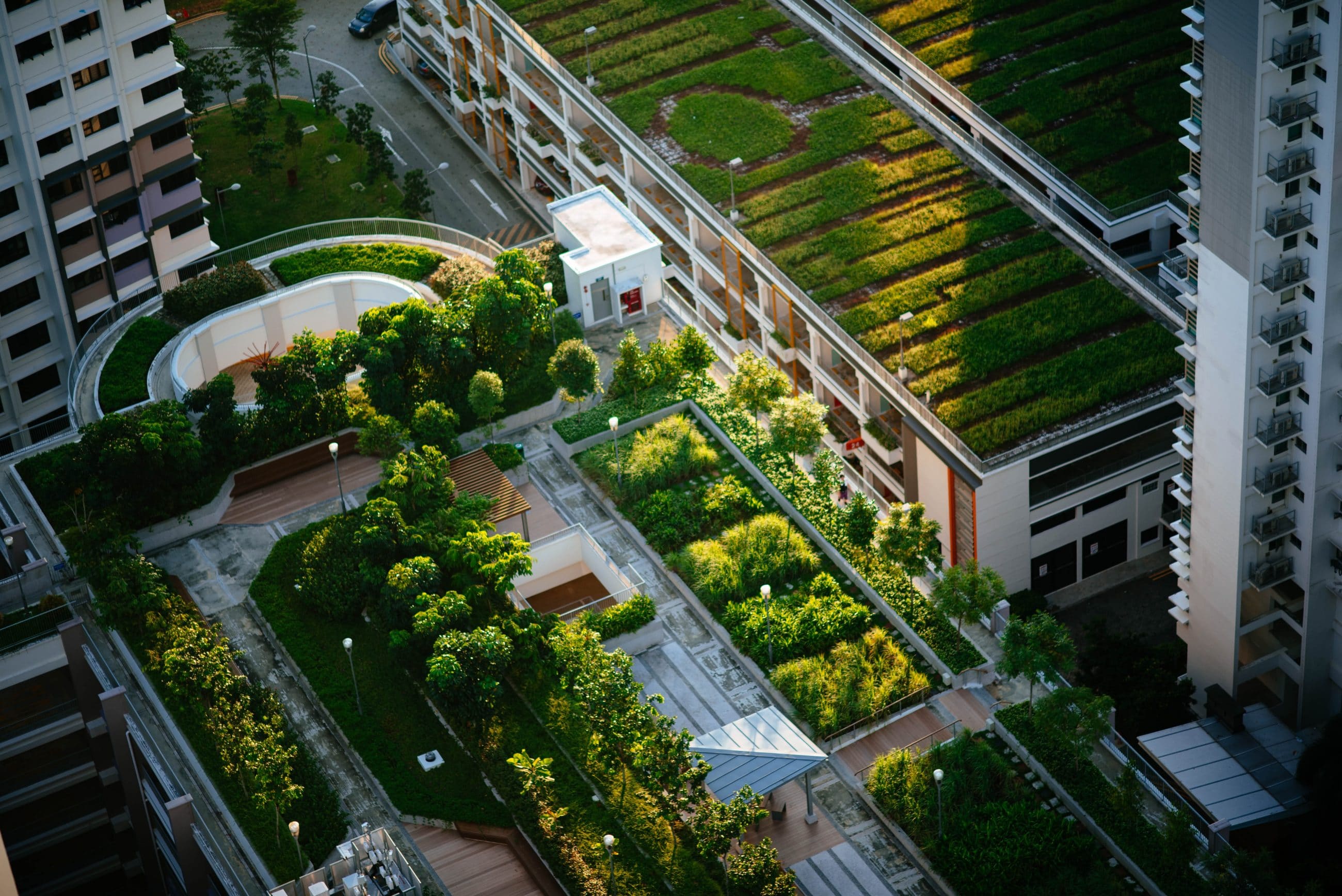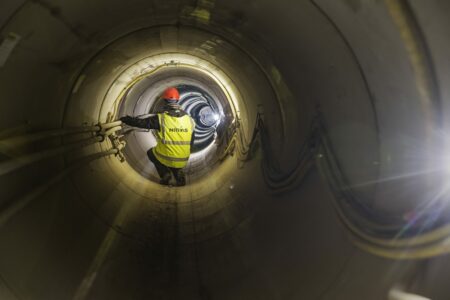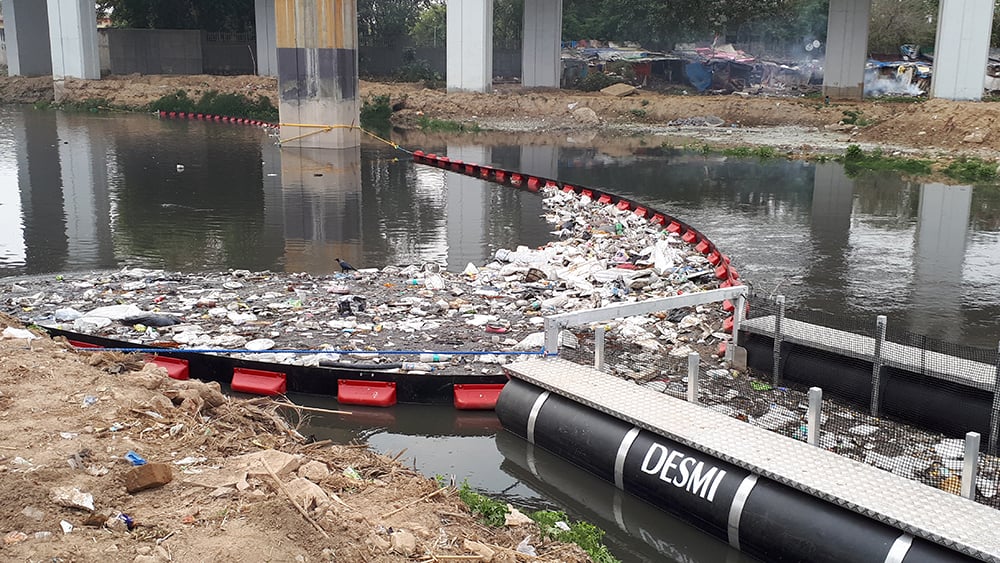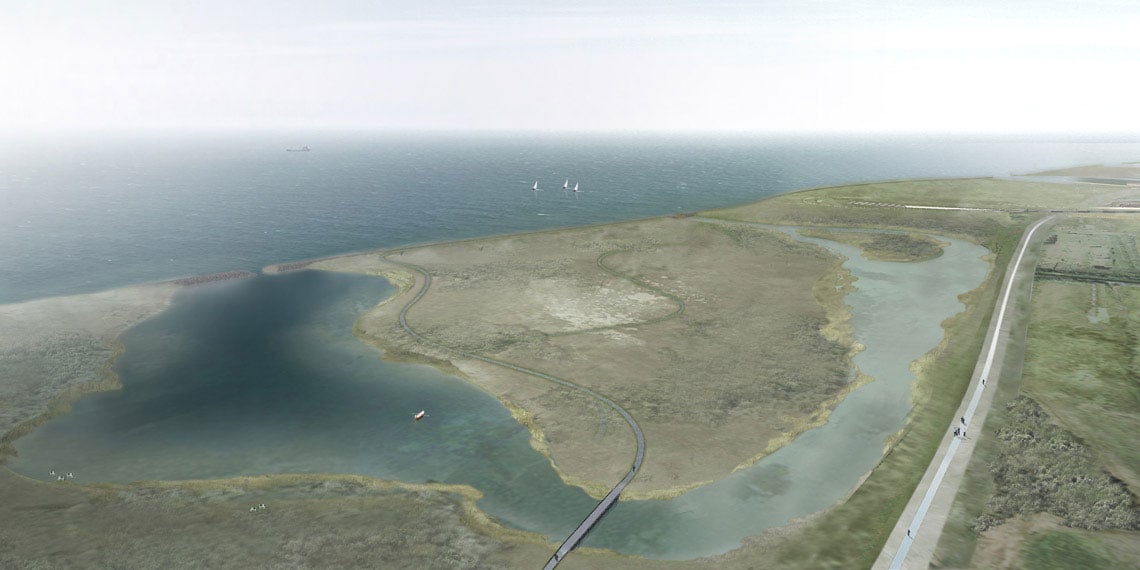News
Climate change adaptation
Groundwater management
Nature based solutions
+5
Only one in four European cities have any climate adaptation plan for climate changes


In 2020 alone, we have seen several massive storms causing flash flooding and landslides across Europe in UK, France, Italy, Spain and Greece. Extreme climate-related weather events are no longer breaking news, but recurring events, which are increasing in frequency and severity.
Today, however, only one in four European cities have an adaptation plan for climate changes. And among these cities, most are struggling with implementation due to obstacles from inflexible organisations to incompatible regulations.
In a new report, Swedish engineering and technology group Sweco wants to guide cities to how to accelerate climate adaptations in order to keep up with the challenges of climate change.
[embed]https://www.youtube.com/watch?v=5KHCtFd2Zas[/embed]
Smart and resilient cities
One of the key trends, which presents opportunities and best practices for acceleration of urban climate adaptation, is “smart and resilient cities”. In smart and resilient cities, everything is connected. Sensors are monitoring noise, air quality, temperature and people, and our buildings, water squares and sewers will manage capacity for cloudburst events.
Good water management is at the core of smart and resilient cities. When storm water management is integrated into urban planning and design, it can lead to increased resilience to climate change, efficiency, liveability and a sense of place for urban communities.
See how a water utility in Czech Republic reduced its non-revenue water levels permanently
Highways for stormwater
In Copenhagen, for example, two new 'highways for stormwater' are under construction in the underground. As a part of a cloudburst management plan for the Danish capital, the utility companies HOFOR and Frederiksberg Forsyning have initiated two large-scale cloudburst tunnel projects.
The tunnels will be up to three metres in diametre and the main purpose is to prepare the city for extreme rainfall events. During such cloudbursts, the tunnels will lead storm water away from urban districts as well as residential neighbourhoods and discharge it into Copenhagen’s harbour. At the same time, the two tunnels will also contribute to draining the increasing amounts of everyday rain that is expected due to climate change.
- See more cases in State of Green's white paper: Water for Smart Liveable Cities
Just like the cloudburst tunnel project, businesses are innovatively developing new green technologies to advance urban climate adaptation across EU and globally but to succeed, various disciplines and sectors need to play together in our cities.
Read Sweco's report "Planning for Climate Adaption"
Source: Sweco
Photo by Chuttersnap on Unsplash
You should consider reading
publications
Resource efficient production
+15
















